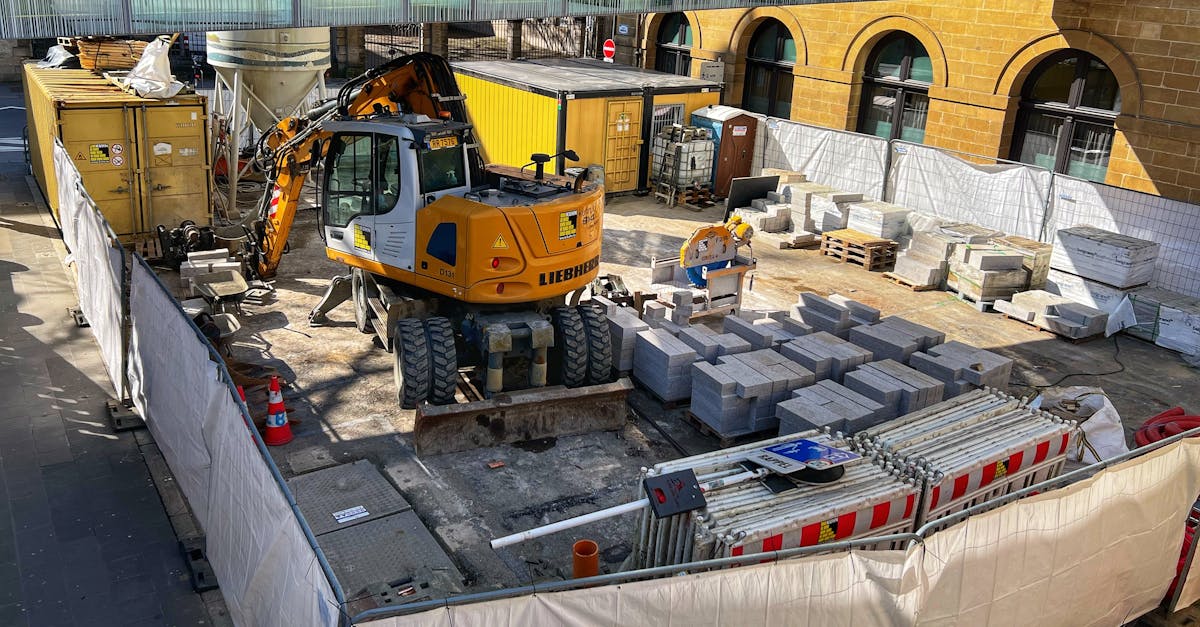
In today’s dynamic construction industry, robust planning is paramount. Given that a significant majority of projects face budget overruns and schedule delays, grasping the core stages and optimal methods of construction planning can determine a project’s fate. This guide will detail vital approaches for efficient project delivery, stronger teamwork, and compliance assurance, positioning your undertaking for success in this demanding sector.
Understanding construction planning
Construction planning encompasses all phases of a project, ranging from ideation to execution and evaluation. It requires careful resource allocation, budgeting, and risk management to ensure a seamless workflow. Let’s explore the essential steps that lead to successful construction management.
1. Define project scope and objectives
The first step in construction planning is to establish a clear project scope. Outline what you are building and the objectives you aim to achieve. Keeping stakeholders’ expectations in check is imperative at this stage.
-
Specific Goals: what do you want to accomplish?
-
Stakeholder Expectations: who will be involved, and what do they need?
-
Timeline: when do you aim to complete the project?
-
Deliverables: what are the expected outcomes?
2. Create a detailed project schedule
In construction, time is critical. Creating a detailed timeline clarifies each team member’s responsibilities for project completion. This timeline should outline essential milestones and deadlines for every stage of the work.
-
Start/end dates: indicate when each phase begins and ends.
-
Milestones: identify critical tasks, such as foundations and structural developments.
-
Dependencies: note tasks that rely on the completion of others, like electrical installations awaiting framing.
3. Budget planning and cost estimation
A well-structured budget can save you from costly surprises down the line. Consider both direct and indirect costs associated with your project.
|
Cost type |
Examples |
Estimated percentage of budget |
|---|---|---|
|
Direct costs |
Materials, labor, equipment, subcontractor fees |
70% |
|
Indirect costs |
Site overheads, insurance, permits |
20% |
|
Contingency funds |
Unexpected expenses |
10% |
4. Resource allocation and management
Proper resource management is essential for a project’s success. Make sure you have the right materials and skilled labor ready to ensure continuous progress.
-
Labor Management: staff skilled workers in appropriate roles.
-
Material Procurement: order supplies ahead to avoid delays.
-
Equipment Availability: ensure machinery is maintained and operational.
5. Risk management and safety plans
The construction environment inherently involves uncertainties, making proactive risk management especially important. Effective planning should address potential obstacles, encompassing safety procedures, weather contingencies, and adherence to legal requirements. Specifically, establish clear guidelines for protective equipment usage, develop backup plans for adverse weather conditions, and ensure strict compliance with local laws, regulations, and building codes.
6. Procurement and vendor management
Obtaining the right vendors is vital for acquiring quality materials at competitive prices. Your procurement plan should incorporate methods for tracking both delivery schedules and vendor performance. This involves selecting dependable suppliers who satisfy your quality standards and clearly defining contract terms to prevent misunderstandings. Furthermore, it’s essential to monitor material arrival closely to avoid potential delays.
7. Communication plan
Effective communication can mitigate misunderstandings and ensure everyone is aligned with the project objectives. Ensure there’s a systematic approach for information exchange among all stakeholders. Decide on preferred methods, establish a routine for progress reports and meetings, and have procedures in place for addressing issues promptly.
8. Monitoring and quality control
Consistent oversight allows for early detection of potential problems, preventing them from becoming significant issues. Routine evaluations confirm that the project’s quality standards are met and that established schedules are followed. This involves continuous site assessments to track work progress, diligent milestone tracking to ensure key tasks are completed on time, and thorough quality assurance measures, including regular material testing and craftsmanship checks for compliance.
9. Project close-out and evaluation
The final stage of a construction project involves thorough evaluation and preparation for handover. This process verifies compliance with all standards and ensures client satisfaction, setting a solid foundation for future endeavors.
Successful project completion hinges on effective construction planning. Clearly outlining the project’s scope, developing a thorough timeline, budgeting precisely, and strategically handling resources and potential risks creates a strong framework for on-time and cost-effective results. Furthermore, deploying transparent communication and diligent oversight minimizes errors and the potential for unexpected expenses.
Ensure your project’s success! Work with a construction specialist who understands your vision and delivers results.![]()












